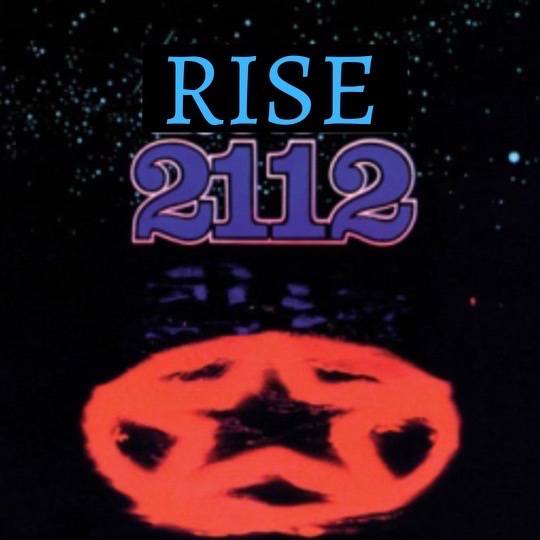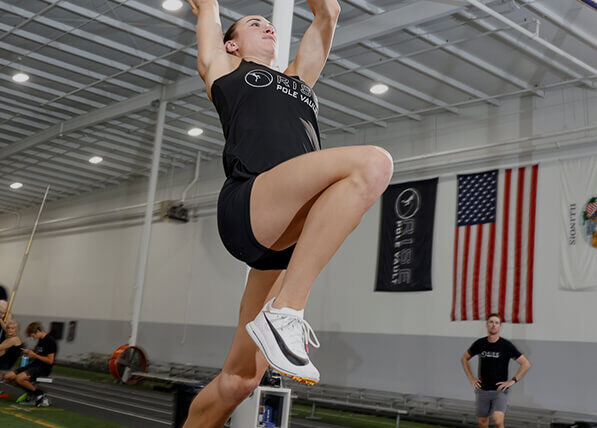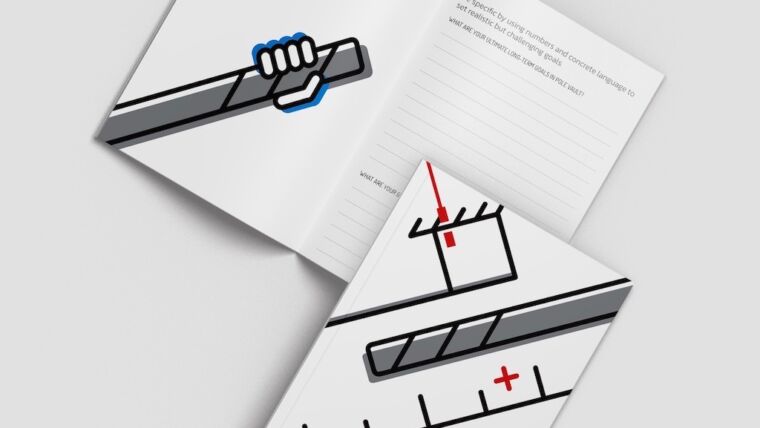Have you ever wondered what goes on behind the scenes at RISE? Like, what do the coaches group chat or talk about after-hours? Well, here is a sneak peak into the RISE coaches group chat. The coaches at RISE are on a constant quest to improve our methods in order to give each and every athlete the best instruction and experience possible. In order to do this we have to communicate new ideas and we do this through coaches meetings and the all powerful coaches group chat. In this “sneak peak”, Coach Winder, aka CW, aka Tim Winder, sent out a text to all of us explaining the importance of feedback pattern. A feedback pattern is a way to systematically provide feedback to your athletes. Using a feedback pattern makes it easier to provide quick and effective instruction. Since he is a big music guy, he turned the famous RUSH 2112 album title and cover art into the RISE 2112 feedback pattern. CW often dives deep into coaching philosophy and not everyone can hang. Try your best though, because this is great advice for any pole vault coach, and implementing the RISE 2112 and RISE 111 feedback patterns into our workouts really adds a lot of value to the athlete’s development and experience at RISE Pole Vault. Side note – if you don’t know what the RUSH 2112 album is, you gotta get on that. We hope you enjoy a sneak peak into the RISE PV coaches group chat thread.
-Jake Winder
Text from Coach Winder (CW) on 11/7/22…
Positive Instructional Feedback and Encouragement.
Being a classroom science and history teacher for 35 years helped me learn some effective ways to give instructional feedback. Learning how to use classroom feedback pole vaulting tips and instruction, helped improve my instruction as a pole vault coach.
RISE 2112 is one of the feedback patterns that I’ve used that helps vaulters receive positive feedback, identify of “needs work” things, correction and encouragement. I have found it effective over the years to pause a workout occasionally and speak with all the vaulters on the runway, if the developmental level of the vaulters on the pit are pretty much the same. This is definitely a carry over from my early days of coaching. I would sometimes pause practice when I saw a general lack of objective focus and understanding, or something that needed to be worked on during a workout. Sometimes the pause occurred before the pole vault workout, sometimes during. sometimes after, and occasionally all three. To me… it is important that vaulters hear how they are doing well, understand the training objective, know how to achieve that objective, understand why they are being asked to do it, and be encouraged. The “How & Why” are the learning pieces of instruction, which is my priority for the vaulter.
When a developmental group is working on basically the same skill set, I’m more likely to address the group as a whole, because they all have similar issues in their technical development. I’ve learned that it is more time efficient when instructioning a group, to use a 3-5 minute pause to clarify objectives and give feedback. This is the time I would use the RISE 2112 pattern of Feedback. Coach speaks… vaulters listen type instruction. Information flows in one direction, from the coach to the athlete. Of course they can ask clarifying questions, but for the sake of time, the most effective way is coach directed. Some kids like this, and some don’t. The point is that we as instructors know what works. Vaulters learning what we are teaching is the priority, and sometimes the wagons have to be circled, instruction clarified, and feedback given.
It would be cumbersome to use RISE 2112 with every vaulter, every jump. That would be too much talking, and not enough jumping, and it would interrupt the flow and effectiveness of the workout. I believe too much talking to individuals during a workout can cause some athletes to be overlooked during their reps. If the vaulters on the runway wait for the coach to finish long drawn out explanations to individuals during a workout, the group is not maximizing repetitions in the workouts. We all know that focused repetitions for the vaulters is one major component to improvement. So short & sweet feedback like RISE 111 works better.
RISE 111 is more suitable to individual instruction for each vaulter on each jump. All coaches have their own authentic methods of instruction and feedback. I am not attempting to change your authenticity to your own personality, and instinctive ways of interacting with the kids. Obviously you all are already very good at what you do. However, learning more effective feedback methods is one way we all can continue to grow as coaches, and help kids reach their ultimate potential. Bottom line is… coaches get better, the kids get better, and RISE gets better. We coaches are the bottom line, on the front line, and the difference makers at RISE.
RISE 2112 & 111 are intended to enrich instruction, not replace what you already do so well. Instruction to me is a very personal thing, and something that could become too mechanical and marred down, if a coach is taken out of their natural flow of instruction. I often use various methods of feedback as I know you do too, that are as effective as the methods mentioned. Heck… sometimes just a wink, a nod of the head or body language can be as effective as any other method I’ve mentioned. Feedback is conditional, and based upon the athlete. Some kids need more, some need less. Some kids thrive off humor and others get their feelings hurt by it. It is imperative that a coach figures out individual needs before any feedback method will work effectively.
The most effective way to utilize RISE 2112 & 111 is to work both feedback methods into instruction. During this kind of workout an instructor might use the RISE 2112 pause at the beginning of the workout and then the RISE 111 during the workout with individuals.
I remember Jake saying that every time a vaulter has an attempt, it’s an opportunity for a coach to improve by coaching that rep. I think the feedback (coaching/teaching) that we provide at RISE is already exceptional, and by working feedback patterns into our instruction, perhaps we can become better, which in turn will create better pole vaulters.
RISE 111: “Individual Feedback- Short and Sweet”
1-Positive Feedback
Example: “Hey dude… great take off!”
1-Needs Improvement Feedback
Example: “Still need to close that gap off.” (side note- the “gap” is the space between your knees and your top hand in the rock back)
1– Instructional Feedback (This is how you close that gap)
Example: “Do that by pushing (down pressure) your top hand to your same side knee cap and seeing your top hand in the high “J” position.”
RISE 2112: “Group Feedback- Coach Driven, Objective Oriented”
2– Positive Feedbacks
Example: “Take offs are getting better!”
Example: “I’m very impressed with how early your plants are coming up.”
1– Needs Improvement Feedback
Example: “We still need to close that gap between our top hand and same side knee.”
1– Instructional Feedback (This is how you…)
Example: “You close the gap by pushing (down pressure) your top hand to your same side knee cap and seeing your top hand in the high “J” position.”
2– Encouragement Feedbacks
Example: “You guys are very close to a significant improvement!”
Example: “Let’s get after it!”
Hope this helps!
CW




